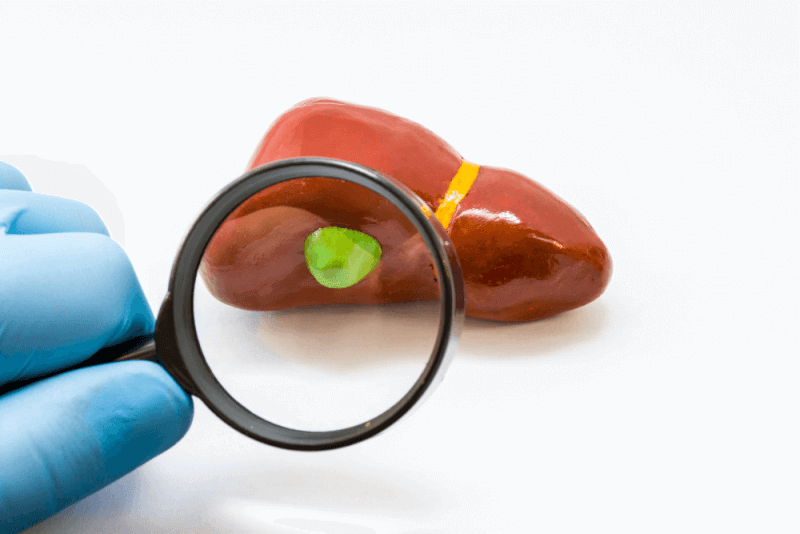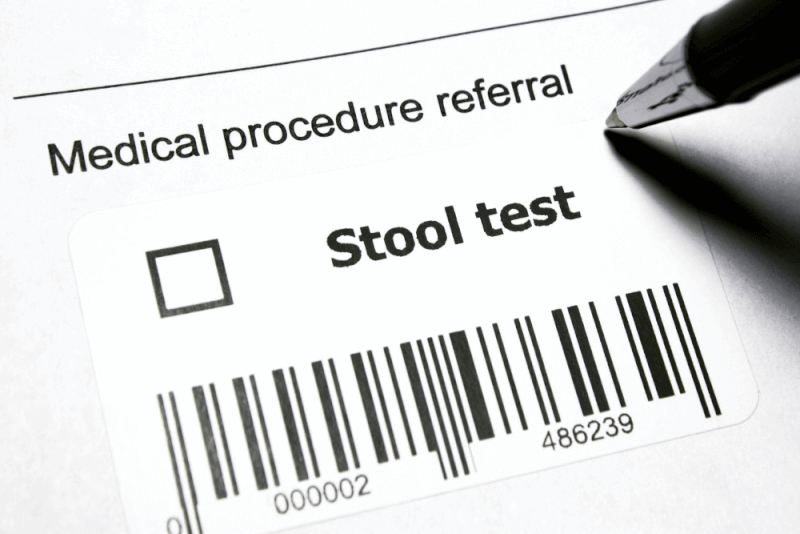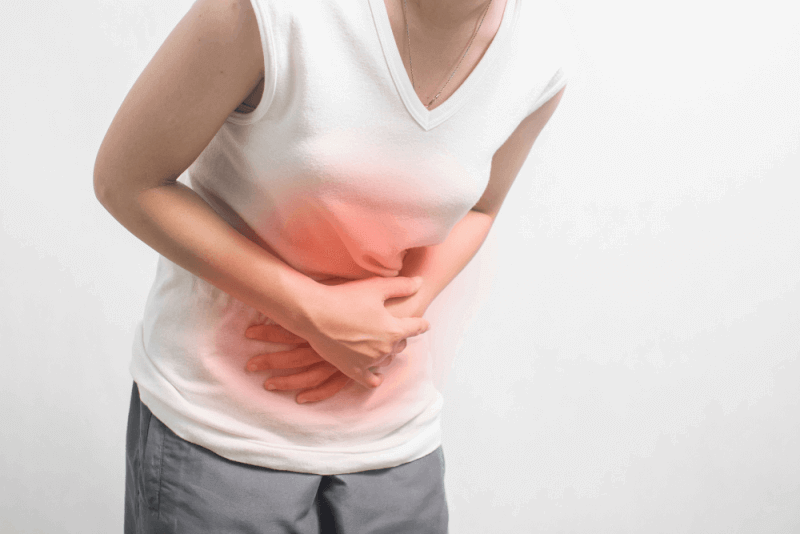What are gallbladder polyps?
The function of the gallbladder in the body is to store the bile produced by the liver, which is then used in digestion, and to deliver it to the intestines. Polyps are a health problem seen in the entire digestive system. They occur as lumps in the epithelial tissue that completely covers the lining of the digestive tract. Polyps, which are usually seen in the intestinal tissue, have started to be diagnosed more frequently in the gallbladder thanks to the development of imaging methods.
Gallbladder polyps, with a prevalence of 3% to 6% in the general population, start in the membrane layer of epithelial cells. The polyp stalk grows into the cavity of the gallbladder. Polyps that form in the gallbladder can form a glance on the gallbladder duct in proportion to their size. As a result of this pressure, the excretion of bile into the intestines, which helps to metabolize fat, is blocked. Polyps that are small enough not to put pressure on the gallbladder duct can remain asymptomatic for a long time.
95% of gallbladder polyps are benign polyps. The remaining 5% are at risk of cancer. The size of the polyps is an important criterion to determine whether they are benign or not. Accordingly, polyps with a diameter of less than 12 mm are considered benign. Polyps between 1 and 2 cm in size are polyps at risk of cancer. If the polyps are larger than 2 cm in size, there is a serious risk of cancer.
Diagnostic methods for gallbladder polyps
A significant proportion of gallbladder polyps do not cause any symptoms. For this reason, they are often discovered accidentally while researching for another disease. Various imaging methods are used to diagnose polyps that cause symptoms. These methods include the following:
- Abdominal ultrasonography
- BT
- Magnetic resonance imaging
- Endoscopic ultrasonography
Causes of gallbladder polyps
The causes of gallbladder polyps have not yet been proven. However, some risk factors are known to increase the risk of gallbladder polyps. These risk groups include the following:
- Be around 40 years old
- Becoming a woman
- Diabetes patients
- Obesity
- Genetic factors
- Fat metabolism
- Familial poiposis
- Gardner syndrome
- Hepatitis B
- Peutz- jeghers
Symptoms of gallbladder polyps
Gallbladder polyps are not always a symptomatic health problem. However, when it causes complaints in patients, the following are among the symptoms that are frequently seen:
- Bloating
- Discomfort in the right upper quadrant of the abdomen
- Nausea
- Increased complaint with food
Treatment methods for gallbladder polyps
The most important criterion for planning the treatment of gallbladder polyps is the size of the polyps. Accordingly, polyps with a size of more than 2 cm should be surgically removed as soon as possible because they carry a high risk of cancer. In the treatment of polyps between 1 and 2 cm, although the risk of cancer is high, it is sufficient to keep the patients under control. For polyps less than 5 mm in size, checks every 6 months are sufficient. If no inflammation or growth occurs during these checks, the intervals are extended to 1 year. If the size of the polyps is between 5 mm and 1 cm, the first control is performed after 3 months and the other 2 controls after 6 months. If there are no problems, checks will be carried out annually. In addition, if polyps cause symptoms, they should be removed regardless of their size.
Gallbladder polyp surgery
The primary treatment method for gallbladder polyps is surgical procedures. In order for this treatment method, which involves the removal of the gallbladder, polyps must have certain characteristics. These features include the following:
- The polyp in the gallbladder is smaller than 1 cm but causes symptoms in the patient
- Polyps are smaller than 1 cm but more than one is found
- Polyps in the gallbladder larger than 1 cm
Polyps must be treated if one of these conditions occurs or if the physician deems it otherwise necessary. The only treatment for gallbladder polyps is surgery. In these surgeries performed with the closed method, the gallbladder of the patients is completely removed. In some cases laparoscopy is not appropriate. In these patients, the open method is applied.
Nutrition in gallbladder polyps
Patients should pay attention to their diet to prevent further growth of gallbladder polyps. The most well-known feature of gallbladder polyps is the direct correlation between the consumption of fat-rich foods and their growth. For this reason, people with polyps in the gallbladder should adopt a fat-restricted diet. For this reason, patients are advised to avoid fried foods in particular and to eat a vegetable-heavy diet.
Types of gallbladder polyps
Gallbladder polyps are basically divided into two types: benign and malignant. In addition, benign gallbladder polyps are divided into two groups: benign and neoplastic polyps:
Benign polyps
Benign polyps are also divided into four categories:
- Non-neoplastic polyps include cholesterol polyps, inflammatory polyps and adenomyomas.
- Cholesterol polyps and cholesterosis polyps are characterized by lipid deposits in the mucosa of the gallbladder wall. They are often discovered by chance. On the other hand, they cause gallstones in some patients.
- Inflammatory polyps are the rarest type of gallbladder polyps. In ultrasonographic examinations, they are visualized as sessile or fixed. Their diameters are between 5 and 10 mm.
- Adenomyomatosis, a type of polyp characterized by overgrowth of the gallbladder mucosa, intramural diverticula and thickening of the muscular wall, is more common in women than in men.
Neoplastic polyps
Neoplastic polyps are also divided into two types:
- Adenomas are the most common type of norplastic polyps. The structure of adenomas is similar to gallbladder epithelial cells. Although they are benign polyps, an increase in their size leads to an increased risk of cancer.
- Malignant polyps are adenocarcinomas.










